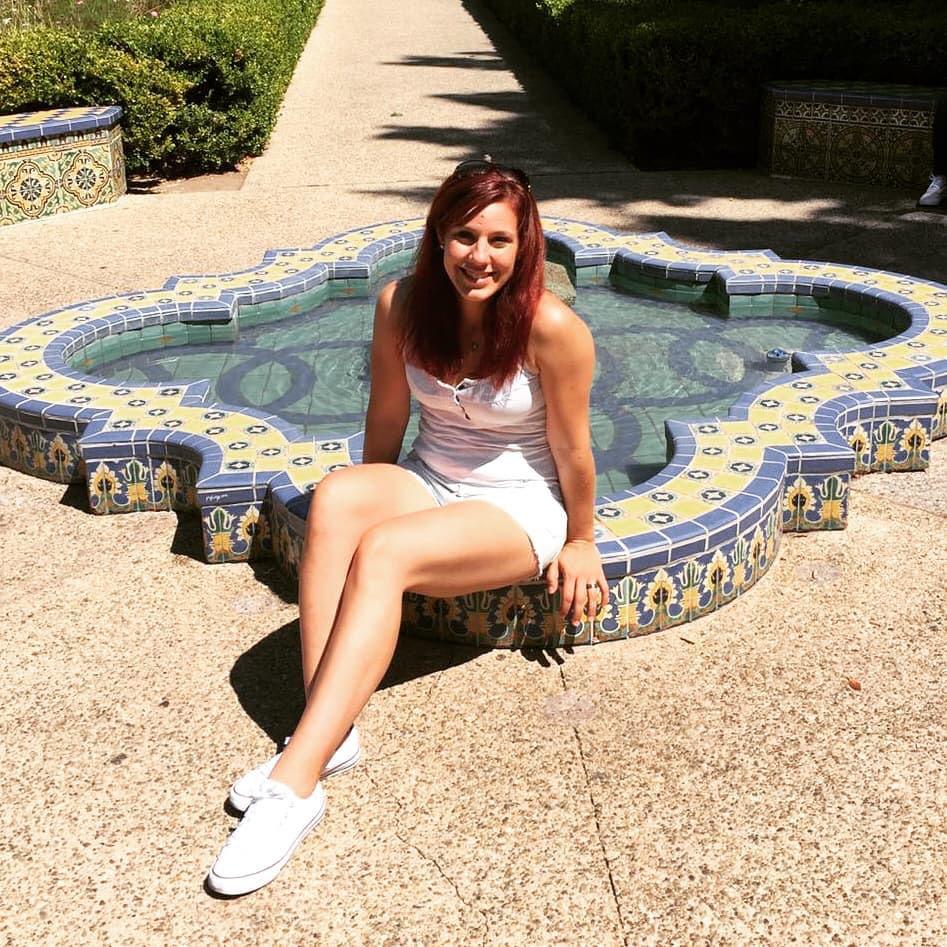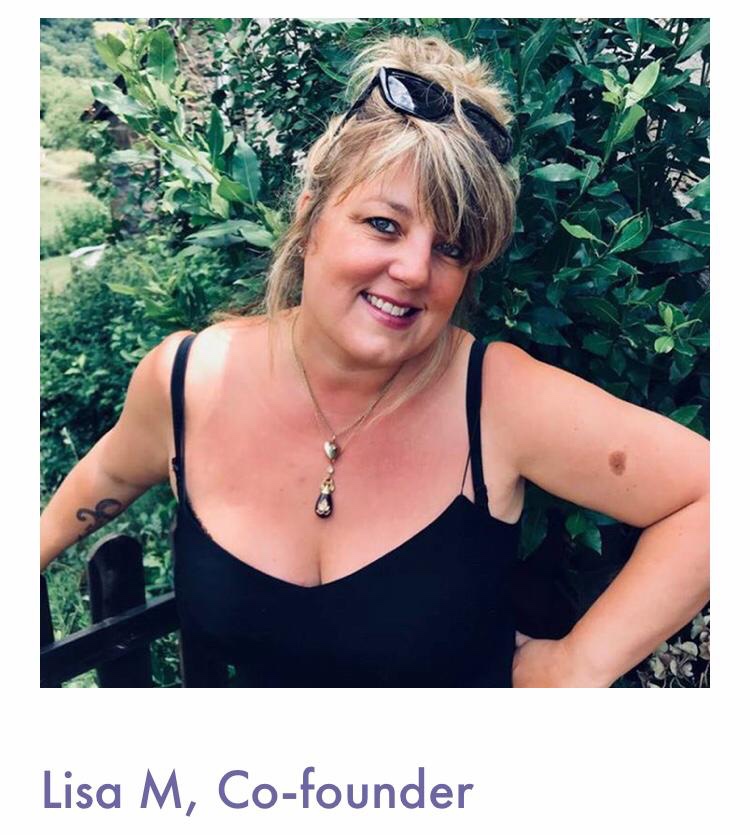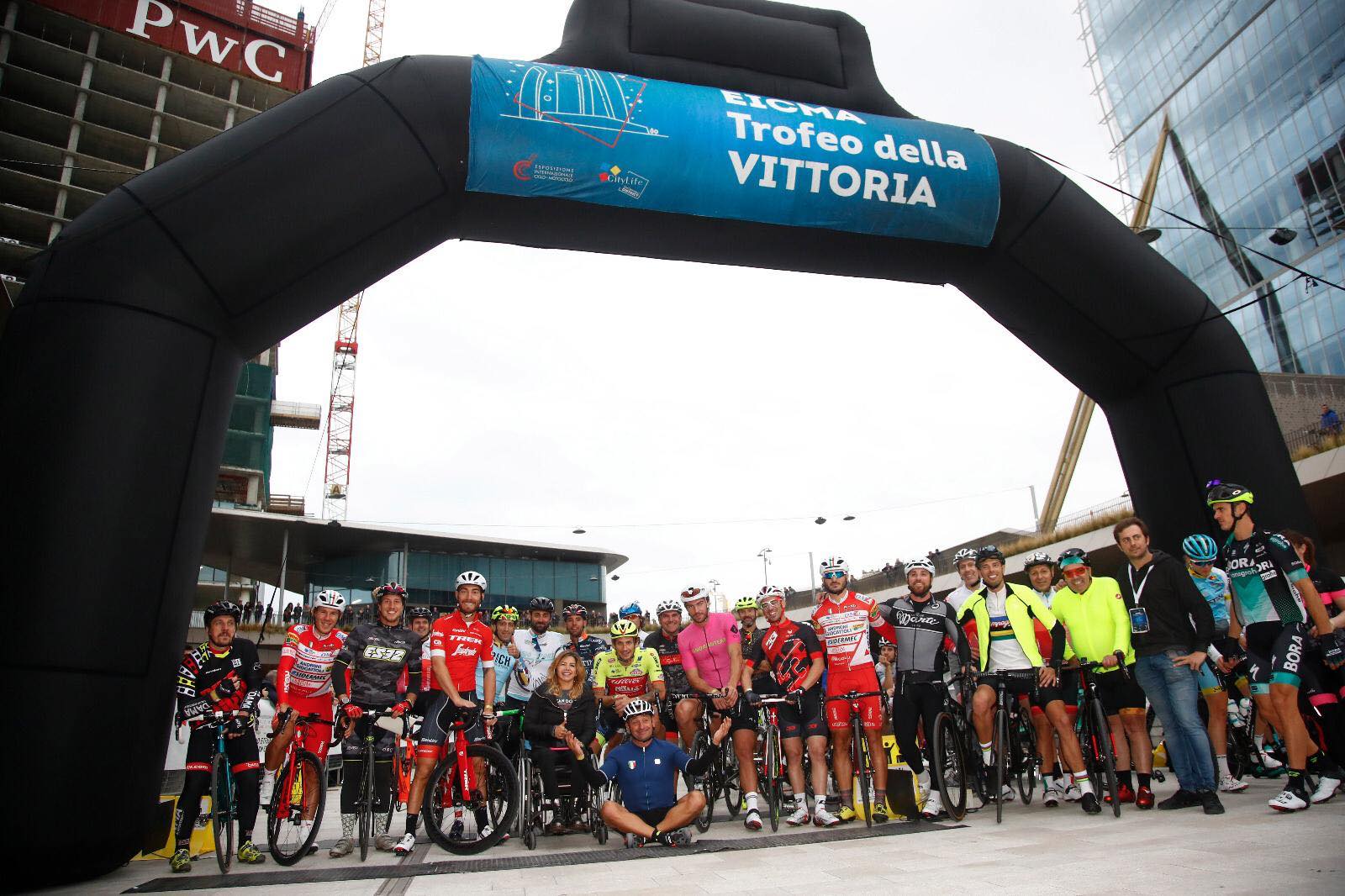La nostra Cure Girl Marina ha partecipato al 21° meeting scientifico organizzato a Londra da Spinal Research e ha chiesto al Prof. Simone Di Giovanni dell’Imperial College di scrivere per noi un report sui progetti di ricerca presentati e che a Suo dire sembrano essere più promettenti. Potrete trovare gli abstrac e ulteriori info cliccando qui: https://www.spinal-research.org/network-meeting
Buona Lettura!
Cure Girl Loredana
Spinal Research – Ventunesimo Network Meeting, Londra, 6-7 settembre 2019
di Simone Di Giovanni – Imperial College London
Imperial College London
Il Network Meeting di Spinal research che si è tenuto a Londra il 6-7 settembre 2019 aveva un programma molto interessante. Eccovi qui di seguito il riassunto delle presentazioni che ho reputato più importanti in quanto appaiono a mio dire promettenti per arrivare prima o poi a riparare una lesione midollare ed ottenere un recupero funzionale dei pazienti.
Il primo giorno ci sono state alcune presentazioni interessanti che dimostrano la possibilità di controllare la crescita di un assone. Frank Bradke (German Center for Neurodegenerative Diseases, Bonn, Germany) ha ottenuto risultati interessanti promuovendo l’estensione del cono di crescita mentre James Fawcett (John van Geest Centre for Brain Repair, University of Cambridge, Cambridge, UK) lo ha fatto incrementando il flusso di proteine importanti per la rigenerazione. Sebbene questi siano ancora approcci sperimentali che utilizzano il trasferimento di geni o la farmacologia nei roditori e che quindi necessitano ulteriori validazioni nei primati, sembrano andare nella giusta direzione.
Un’altra presentazione interessante è stata quella sugli “organoidi” del cervello e del midollo spinale umano di András Lakatos (John van Geest Centre for Brain Repair, University of Cambridge) che ha mostrato come i tratti corticospinali dei neuroni umani possano essere riprodotti in modelli tridimensioneali organizzati chiamati “organoidi”. Lesioni specifiche del tratto corticospinale in questi organoidi umani permetteranno di valutare la loro capacità rigenerativa e rappresenteranno un nuovo modello per studiare strategie per la rigenerazione che sicuramente si svilupperanno molto rapidamente nei prossimi anni. Per rendere questi modelli più affidabili sarà necessario aggiungere la struttura vascolare e tutte le altre cellule che circondano i circuiti neuronali. Una sfida tutt’altro che semplice ma una volta fatti questi miglioramenti gli organoidi diverranno un modello molto utile per studiare le lesioni midollari e anche molte altre malattie umane.
Nella sessione del pomeriggio vi è stata una serie di presentazioni inerenti il ruolo della risposta immunitaria sistemica, del metabolismo del fegato e del microbioma intestinale sulla riparazione, rigenerazione e plasticità dopo una lesione midollare. Jan Schwab (Neurological Institute The Ohio State University – Wexner Medical Center, Columbus, USA) ha mostrato come la risposta immunitaria sistemica ed il controllo delle infezioni siano variabili importanti per il recupero dei pazienti dopo la lesione midollare. La gestione farmacologica e clinica di questi fattori potrebbe facilitare un miglior recupero dei pazienti. Dana McTigue ha spiegato che in modo simile anche il fegato dopo una lesione influenza il processo di riparazione. Promuovere la salute del fegato può limitare le tossine metaboliche e l’aggressiva risposta immunitaria. Questi approcci vanno testati in sperimentazioni cliniche sui pazienti con lesioni midollari. In fine Elizabeth Serger, dottoranda nel mio laboratorio (Molecular Neuroregeneration, Department of Medicine, Imperial College London, UK), ha presentato nuovi dati che indicano che i batteri intestinali producono sostanze che promuovono la rigenerazione degli assoni dopo la lesione del nervo sciatico e promuovono la plasticità sinaptica nelle lesioni midollari nei topi. L’effetto positivo dei batteri intestinali si può ottenere con un farmaco molto sicuro che può essere somministrato oralmente, ma necessita di ulteriori studi prima di poter essere sperimentato sull’uomo.
Il primo giorno del meeting si è concluso con una coinvolgente presentazione di Gregoire Courtine (Swiss Federal Institute of Technology (EPFL), Lausanne, Switzerland) che ha fatto il punto sullo stato dell’arte delle biotecnologie incluso l’uso di protesi, stimolatori epidurali e sistemi wireless che combinano la somministrazione e la monitorizzazione della neuroriabilitazione e stimolazione epidurale in pazienti con lesione midollare. Queste strategie hanno portato un leggero recupero motorio in pazienti con lesione midollare cronica. Tuttavia questi risultati si ottengono in pazienti con lesione incompleta, mentre in lesioni gravi o complete non si ottengono gli stessi benefici. Per aiutare questi pazienti una strada possibile potrebbe essere quella di combinare terapie che aiutano la ricrescita e la connessione degli assoni attraverso la farmacologia, la terapia genica o il trapianto di cellule staminali con queste neurotecnologie.
Sabato vi è stata una eccellente presentazione di Joost Verhagen (The Royal Academy of Arts and Sciences, Amsterdam, The Netherlands) che ha riportato gli ultimi sviluppi nelle terapie geniche per promuovere la rigenerazione degli assoni attraverso l’inibizione di molecole presenti nella cicatrice o promuovendo la loro intrinseca abilità rigenerativa. In particolare ha mostrato nuovi vettori che possono essere controllati nel tempo e nello spazio con una robusta e specifica espressione di geni terapeutici. Questi sviluppi sono passi molto importanti verso l’uso in clinica dove la terapia genica è già utilizzata in alcune malattie.
Le ultime presentazioni hanno riguardato biomateriali e cellule staminali. Jacob Koffler (Center for Neural Repair, University of California San Diego, La Jolla, USA) ha parlato degli ultimi sviluppi nell’utilizzo di biomateriali preparati con stampanti 3D che consentono la rigenerazione di assoni di cellule staminali sia nei roditori che nei primati. Questi dati hanno mostrato una sostanziale crescita degli assoni delle cellule staminali trapiantate insieme al biomateriale ed anche la crescita di parte degli assoni lesionati. Entrambi sono cresciuti attraverso il biomateriale trapiantato. Il recupero funzionale per ora rimane modesto, per cui sarà necessario migliorare questa tecnica. Nel complesso queste strategie appaiono clinicamente rilevanti in quanto sono già state testate in diversi modelli di lesione ed anche in diverse speci animali. Mi aspetto di vedere in futuro una sperimentazione clinica, magari con una versione migliorata di questi biomateriali e possibilmente in pazienti con lesioni croniche.
Hideyuki Okano (Department of Physiology, Keio University School of Medicine, 35 Shinanomachi, Shinjuku-ku, Tokyo, Japan) e Michael G. Fehlings (Department of Surgery, University of Toronto, Toronto, Canada) hanno concluso il meeting presentando dati in modelli animali di lesioni midollari con l’uso di cellule staminali pluripotenti e neuronali di derivazione umana. Hideyuki Okano ha dimostrato che è possibile promuovere la riparazione ed un recupero funzionale in modelli di lesione spinale sui roditori utilizzando neuroni di derivazione umana, anche se il recupero è stato modesto. Michael Fehlings ha presentato dati interessanti per caratterizzare la biologia di cellule neuronali trapiantate che ci aiuteranno a sfruttare meglio il loro potenziale rigenerativo. Sicuramente il campo delle cellule staminali trarrà beneficio da una migliore comprensione dei meccanismi che regolano la loro identità dopo il trapianto nella lesione. Questo sarà essenziale per consentire ai ricercatori di trovare il modo di migliorare la loro capacità di formare nuovi circuiti funzionali che sono essenziali per un recupero neurologico.

 This year has been a tough old year. Unprecedented times of a global coronavirus pandemic, social distancing and lockdowns have prevented many large events and fundraisers could not go ahead.
This year has been a tough old year. Unprecedented times of a global coronavirus pandemic, social distancing and lockdowns have prevented many large events and fundraisers could not go ahead.














 Once again the Cure Girls are on the front line to raise money and awareness for research to find a cure for chronic spinal cord injury.
Once again the Cure Girls are on the front line to raise money and awareness for research to find a cure for chronic spinal cord injury. 